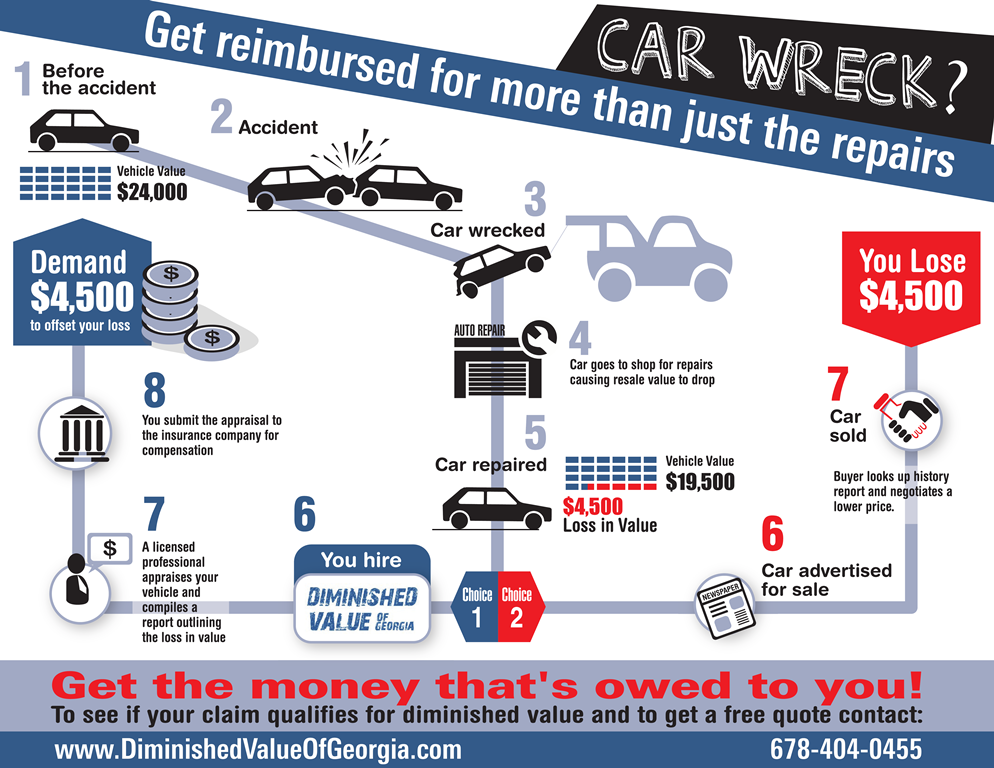Translating Your Vehicle'S Alert Lighting: Their True Implications
Translating Your Vehicle'S Alert Lighting: Their True Implications
Blog Article
Web Content Create By-Vinson Gilbert
When you're behind the wheel, those glowing warning lights on your dashboard can be a bit puzzling. Do you know what they're trying to tell you concerning your vehicle's health and wellness? Recognizing the significance of these lights is essential for your safety and the durability of your lorry. So, the following time among those lights appears, wouldn't you want to understand its message properly and take the essential actions to address it?
Common Warning Lights and Interpretations
Recognize common warning lights in your cars and truck and recognize their meanings to make certain secure driving.
The most common caution lights consist of the check engine light, which signifies issues with the engine or emissions system. If this light begins, it's critical to have your automobile inspected without delay.
The oil stress alerting light shows reduced oil pressure, needing instant attention to avoid engine damages.
A blinking battery light could suggest a damaged billing system, potentially leaving you stranded otherwise addressed.
The tire stress tracking system (TPMS) light alerts you to reduced tire pressure, influencing automobile security and gas efficiency. Ignoring this could cause dangerous driving conditions.
The abdominal light shows an issue with the anti-lock braking system, jeopardizing your ability to stop swiftly in emergency situations.
Last but not least, the coolant temperature level advising light warns of engine getting too hot, which can result in extreme damages if not solved swiftly.
Comprehending these common caution lights will certainly aid you address concerns promptly and preserve risk-free driving problems.
Value of Prompt Focus
Recognizing the common warning lights in your car is only the primary step; the significance of quickly attending to these cautions can not be emphasized enough to guarantee your security on the road.
When a caution light brightens on your dashboard, it's your vehicle's method of interacting a potential concern that needs focus. Ignoring these cautions can lead to more extreme problems down the road, endangering your safety and possibly costing you extra out of commission.
https://electric-brakes17384.bloginder.com/32739246/assess-your-car-s-demands-to-discover-the-best-automobile-detailing-service-for-you-however-which-aspects-will-really-influence-your-decision to alerting lights can prevent malfunctions and mishaps. For instance, a blinking check engine light could indicate a misfire that, if left neglected, could cause damage to the catalytic converter. Addressing this quickly can conserve you from a costly fixing.
In a similar way, a brake system warning light may signify reduced brake fluid or worn brake pads, important elements for your safety and security when driving.
Do It Yourself Troubleshooting Tips
If you discover a warning light on your control panel, there are a few do it yourself troubleshooting ideas you can try prior to seeking specialist aid.
The primary step is to consult your car's guidebook to comprehend what the particular caution light suggests. Sometimes https://www.kbb.com/car-news/war-in-ukraine-will-affect-car-supply-prices/ can be as simple as a loosened gas cap activating the check engine light. Tightening up the gas cap may fix the issue.
An additional common problem is a reduced battery, which can trigger various alerting lights. Inspecting the battery connections for deterioration and ensuring they're safe might repair the issue.
If a warning light persists, you can attempt resetting it by separating the automobile's battery for a couple of mins and after that reconnecting it. Additionally, inspecting your vehicle's fluid levels, such as oil, coolant, and brake liquid, can assist repair cautioning lights related to these systems.
Final thought
Finally, understanding your automobile's caution lights is essential for keeping your automobile running efficiently and securely. By without delay addressing these signals and understanding what they imply, you can stay clear of pricey repair work and prospective failures.
Bear in mind to consult your vehicle's guidebook for specific details on each advising light and take action appropriately to ensure a trouble-free driving experience.
Stay informed, stay secure when traveling!
